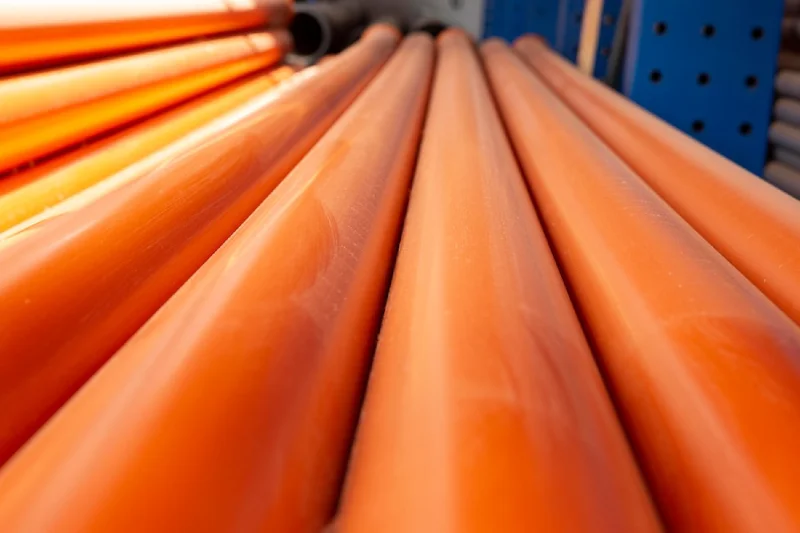Plastic extrusion is a versatile manufacturing process that is used in the production of high volumes of plastic products. The method involves continuously shaping raw thermoplastic materials by pushing them through an extruder, heated barrel, and precision-designed extrusion die. It is commonly used in manufacturing industries due to its versatility, customization, efficiency, and cost-effectiveness features.
The Plastic Extrusion Process
This process involves five primary steps. They include:
1. Raw Material Preparation
This step involves choosing and preparing the raw material for extrusion. The materials are selected based on the desired final products. The material can directly impact the final product’s performance, quality, and characteristics. Raw plastics are then pushed through the extruder hopper. An extruder is a manufacturing machine consisting of a rotating screw and a heated barrel.
2. Melting
This step involves feeding plastic material through an extruder. It allows the plastic to melt to the desired consistency. The extruder has a heated barrel regulating and controlling temperature to help the plastic achieve optimal viscosity. Metal bands or ceramic heaters are mostly used as heating elements.
3. Extrusion Die
The molten plastic material is then fed through an extrusion die. An extrusion die is a shaping tool that determines the shape and thickness of the final product. The die plays a role in determining the final product geometry, surface properties, and overall specifications.
4. Cooling
This step involves cooling the molten plastic material. Cooling helps to solidify the plastic material and maintain its shape. Depending on the extruded product-specific requirement, cooling methods such as air or water cooling can be applied. Rapid and controlling cooling can prevent deformation, enhancing the material dimensional stability.
5. Cutting and Finishing
This step transforms the continuously extruded plastic into the final product. It involves cutting the extruded product to the desired length and size. The finishing process can include a range of techniques, such as polishing, painting, or embossing. These techniques help refine extruded products’ surfaces to meet the required standard.
Benefits of Plastic Extrusion
Plastic extrusion is an effective method that can quickly produce large amounts of plastic products. The automated process allows for the production of products with consistent dimensions and quality. The process can provide you with a uniform product for your inventory. Here are three more benefits of this process:
1. Cost-effectiveness
Plastic extrusion offers cost-saving advantages since it is suitable for high-volume production runs. This can allow it to produce intricate plastic components with few production materials and minimal labor. This can lead to cost savings in the long run.
2. Versatility
Plastic extrusion can create final products with a wide range of shapes and sizes. Manufacturers can easily adjust it for different industries’ specific requirements and applications. This makes it a great option for various industries, including automotive, construction, packaging, and healthcare. The versatility of the process allows for the production of extruded products with specific features, including adjusting the thickness, texture, color, and rigidity.
3. Customization
This process allows for the creation of customized products to meet specific requirements. The extrusion die can be adjusted to produce products that meet certain purposes. Manufacturers can seamlessly produce customized sheets for packaging materials, pipes for plumbing systems, or intricate car parts.
Learn More About Plastic Extrusion Today
Plastic extrusion is a process of melting raw plastic materials into continuous cross-sectional profiles or shapes. It uses an extrusion die to create desired shapes. The process involves several steps, including raw material preparation, melting, extrusion die, cooling, and cutting and finishing. These steps work together to deliver the final product that meets the appropriate requirements. Industries that require customized and efficient results can benefit from this process. Start your search for a reliable plastic extrusion vendor today.














